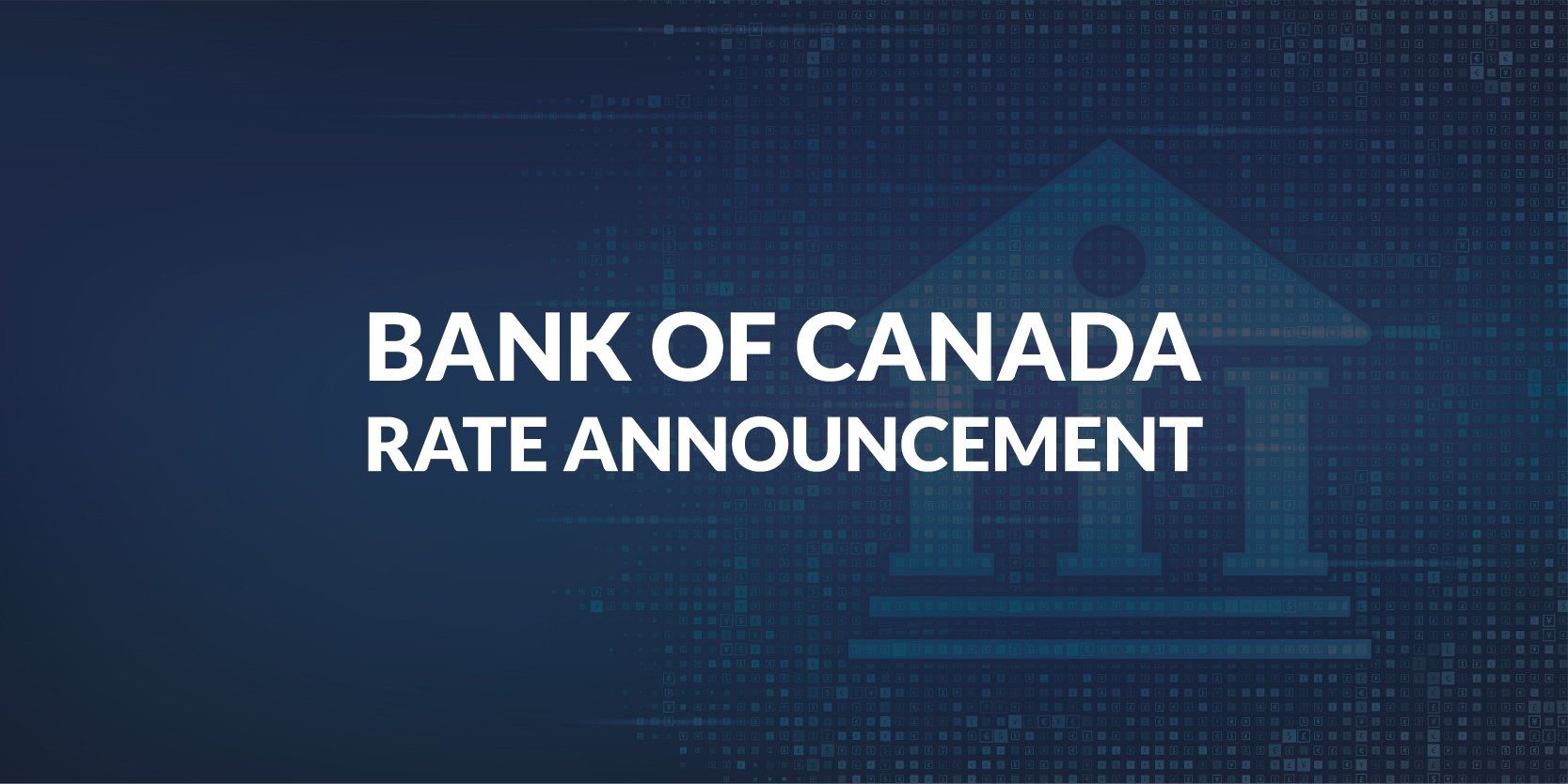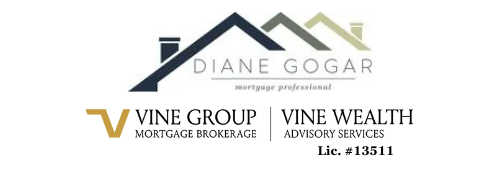Bank of Canada Rate Announcement Apr 21st, 2021

Bank of Canada will hold current level of policy rate until inflation objective is sustainably achieved, adjusts quantitative easing program.
FOR IMMEDIATE RELEASE
April 21, 2021
The Bank of Canada today held its target for the overnight rate at the effective lower bound of ¼ percent, with the Bank Rate at ½ percent and the deposit rate at ¼ percent. The Bank continues to provide extraordinary forward guidance on the path for the overnight rate, reinforced and supplemented by the Bank’s quantitative easing (QE) program. Effective the week of April 26, weekly net purchases of Government of Canada bonds will be adjusted to a target of $3 billion. This adjustment to the amount of incremental stimulus being added each week reflects the progress made in the economic recovery.
The outlook has improved for both the global and Canadian economies. Activity has proven more resilient than expected in the face of the COVID-19 pandemic, and the rollout of vaccines is progressing. A number of regions, including Canada, are experiencing a difficult third wave of infections and lockdowns. The more contagious variants of the virus are straining healthcare systems and affecting hard-to-distance activities, and have introduced a new dimension of uncertainty. The recovery remains highly dependent on the evolution of the pandemic and the pace of vaccinations.
Global economic growth is stronger than was forecast in the January Monetary Policy Report (MPR), although the pace varies considerably across countries. After a contraction of 2 ½ percent in 2020, the Bank now projects global GDP to grow by just over 6 ¾ percent in 2021, about 4 percent in 2022, and almost 3 ½ percent in 2023. The recovery in the United States has been particularly strong, owing to fiscal stimulus and rapid vaccine rollouts. The global recovery has lifted commodity prices, including oil, contributing to the strength of the Canadian dollar.
In Canada, growth in the first quarter appears considerably stronger than the Bank’s January forecast, as households and companies adapted to the second wave and associated restrictions. Substantial job gains in February and March boosted employment. However, new lockdowns will pose another setback and the labour market remains difficult for many Canadians, especially low-wage workers, young people and women. As vaccines roll out and the economy reopens, consumption is expected to rebound strongly in the second half of this year and remain robust over the projection. Housing construction and resales are at historic highs, driven by the desire for more living space, low mortgage rates, and limited supply. The Bank will continue to monitor the potential risks associated with the rapid rise in house prices. Meanwhile, strong growth in foreign demand and higher commodity prices are expected to drive a robust recovery in exports and business investment. Additional federal and provincial fiscal stimulus will contribute importantly to growth. The Bank now forecasts real GDP growth of 6 ½ percent in 2021, moderating to around 3 ¾ percent in 2022 and 3 ¼ percent in 2023.
The Bank has revised up its estimate of potential output in light of greater resilience to the pandemic and accelerated digitalization. The virus and lockdowns have had very different impacts across sectors, businesses, and groups of workers, creating an unusual degree of uncertainty about the amount of slack in the economy and how long it will take to be absorbed. To gauge the evolution of slack, the Bank will look at a broad spectrum of indicators, including various measures of labour market conditions.
Over the next few months, inflation is expected to rise temporarily to around the top of the 1-3 percent inflation-control range. This is largely the result of base-year effects—year-over-year CPI inflation is higher because prices of some goods and services fell sharply at the start of the pandemic. In addition, the increase in oil prices since December has driven gasoline prices above their pre-pandemic levels. The Bank expects CPI inflation to ease back toward 2 percent over the second half of 2021 as these base-year effects diminish, and inflation is expected to ease further because of the ongoing drag from excess capacity. As slack is absorbed, inflation should return to 2 per cent on a sustained basis some time in the second half of 2022.
Even as economic prospects improve, the Governing Council judges that there is still considerable excess capacity, and the recovery continues to require extraordinary monetary policy support. We remain committed to holding the policy interest rate at the effective lower bound until economic slack is absorbed so that the 2 percent inflation target is sustainably achieved. Based on the Bank’s latest projection, this is now expected to happen some time in the second half of 2022. The Bank is continuing its QE program to reinforce this commitment and keep interest rates low across the yield curve. Decisions regarding further adjustments to the pace of net purchases will be guided by Governing Council’s ongoing assessment of the strength and durability of the recovery. We will continue to provide the appropriate degree of monetary policy stimulus to support the recovery and achieve the inflation objective.
Information note:
The next scheduled date for announcing the overnight rate target is June 9, 2021. The next full update of the Bank’s outlook for the economy and inflation, including risks to the projection, will be published in the MPR on July 14, 2021.
Monetary Policy Report April 2021.





